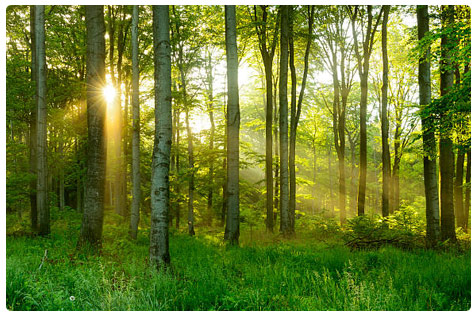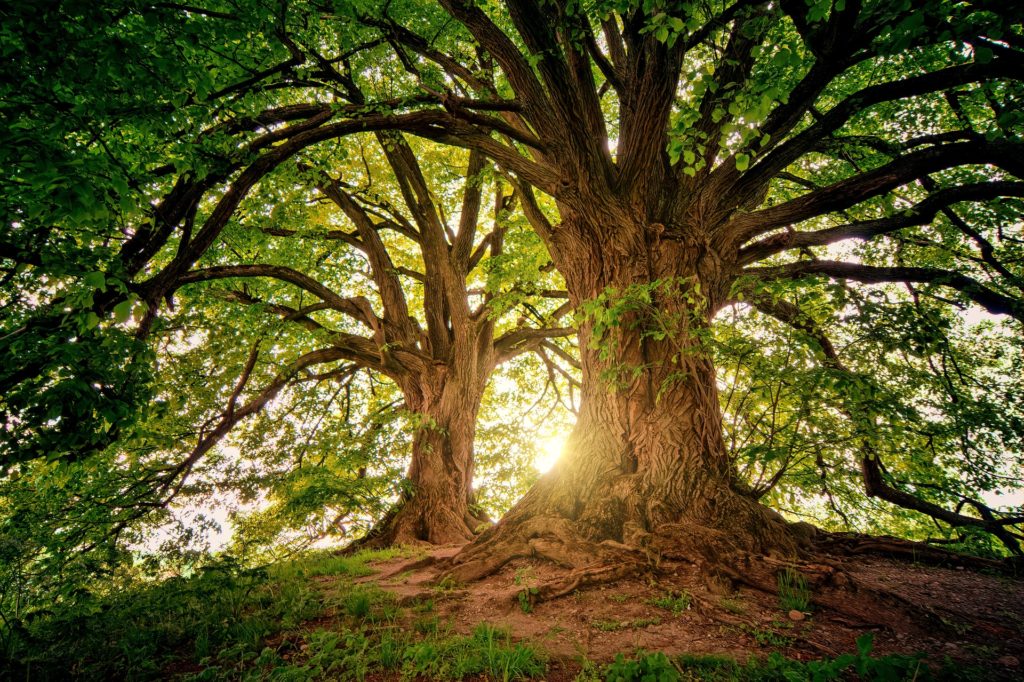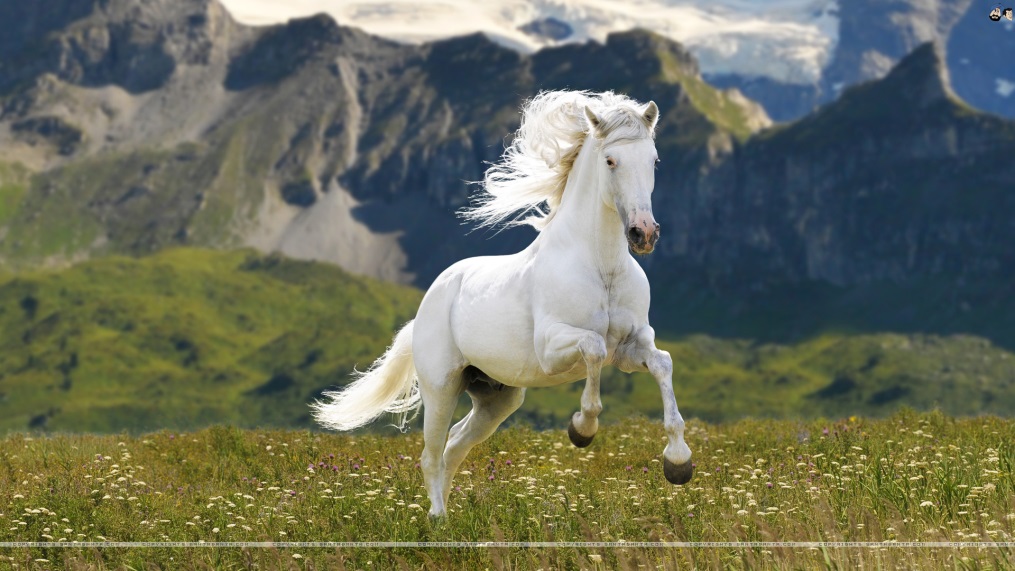Knowledge, Information and Experience
A forest is a large area dominated by trees.
Human society and forests influence each other in both positive and negative ways.
Congo rainforest is part of the Congo Basin in the African Continent, which is about 2,023,428 square kilometers or 781,249 square miles, which is more than the size of Alaska or Saudi Arabia!
India has a diverse range of forests: from the rainforest of Kerala in the south to the alpine pastures of Ladakh in the north, from the deserts of Rajasthan in the west to the evergreen forests in the north-east.
Definition:
Although forest is a term of common parlance, there is no universally recognised precise definition, with more than 800 definitions of forest used around the world. Although a forest is usually defined by the presence of trees, under many definitions an area completely lacking trees may still be considered a forest if it grew trees in the past, will grow trees in the future, or was legally designated as a forest regardless of vegetation type.
Evolution:
The first known forests on Earth arose in the Late Devonian (approximately 380 million years ago), with the evolution of Archaeopteris. Archaeopteris was a plant that was both tree-like and fern-like, growing to 10 metres (33 ft) in height. Archaeopteris quickly spread throughout the world, from the equator to subpolar latitudes.
Ecology:
Forests account for 75% of the gross primary productivity of the Earth’s biosphere, and contain 80% of the Earth’s plant biomass.[7] Forest ecosystems can be found in all regions capable of sustaining tree growth, at altitudes up to the tree line, except where natural fire frequency or other disturbance is too high, or where the environment has been altered by human activity.
Components:
A forest consists of many components that can be broadly divided into two categories that are biotic (living) and abiotic (non-living) components. The living parts include trees, shrubs, vines, grasses and other herbaceous (non-woody) plants, mosses, algae, fungi, insects, mammals, birds, reptiles, amphibians, and microorganisms living on the plants and animals and in the soil.
Layers:
A forest is made up of many layers. Starting from the ground level and moving up, the main layers of all forest types are the forest floor, the understory and the canopy. The emergent layer exists in tropical rainforests. Each layer has a different set of plants and animals depending upon the availability of sunlight, moisture and food.











